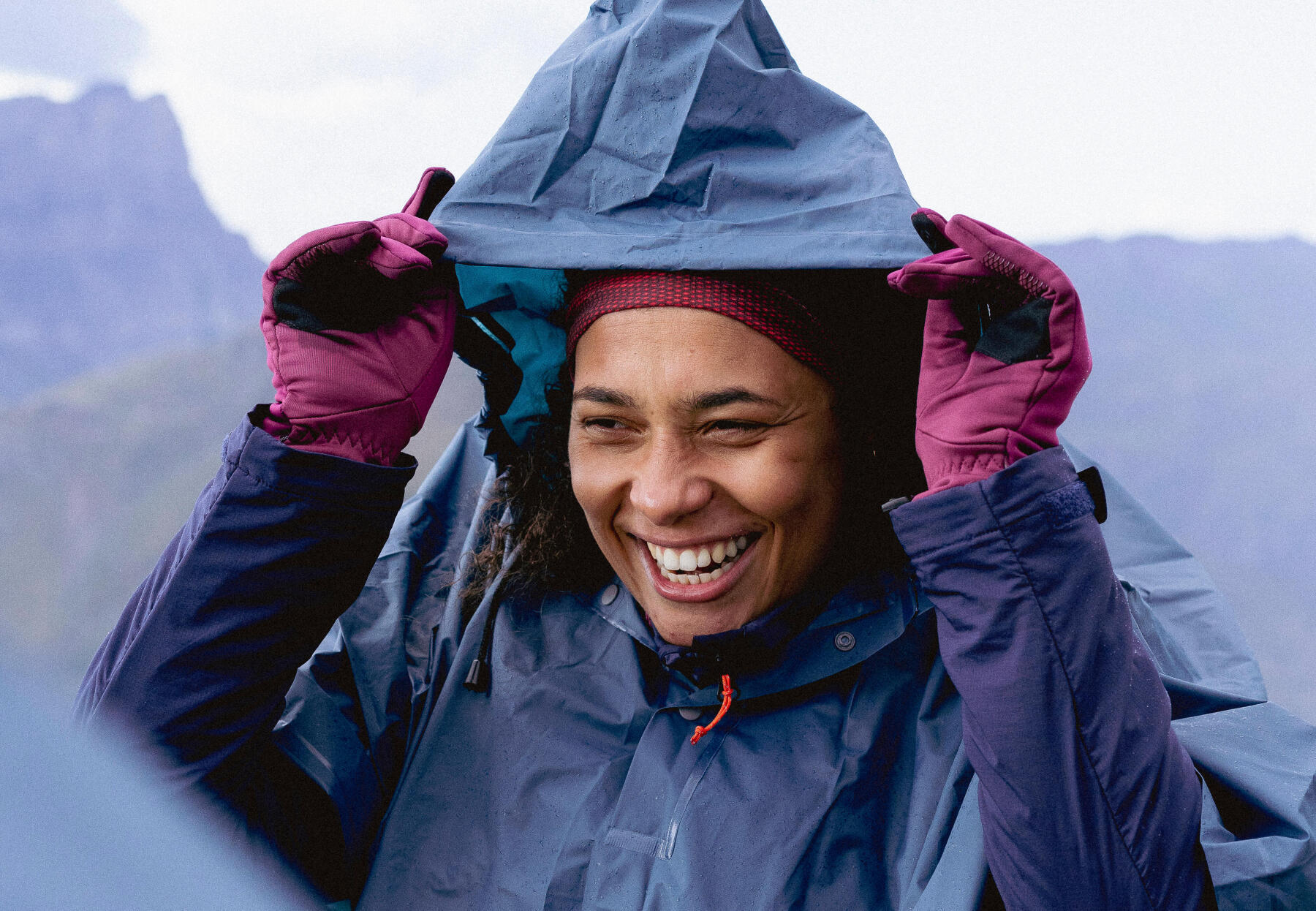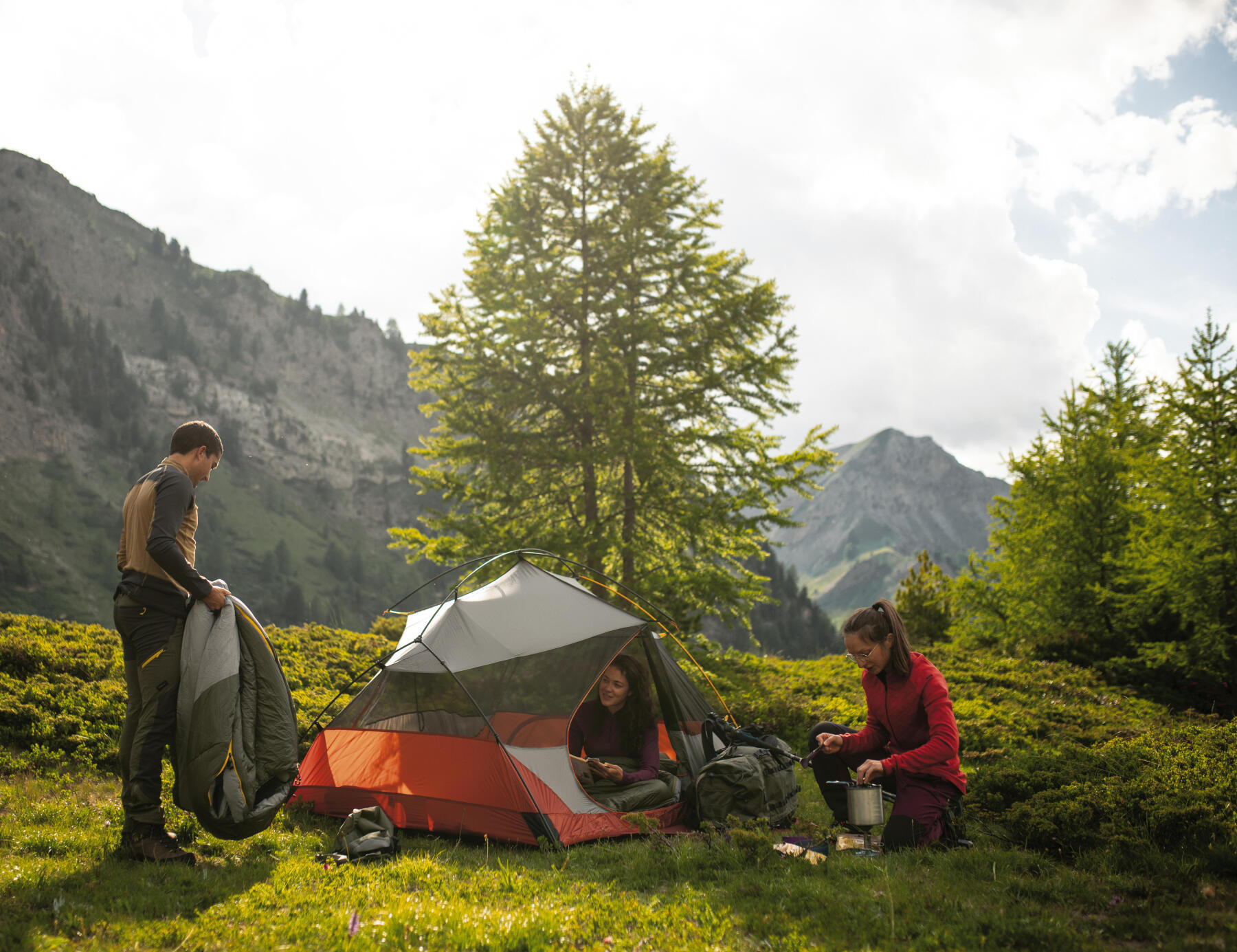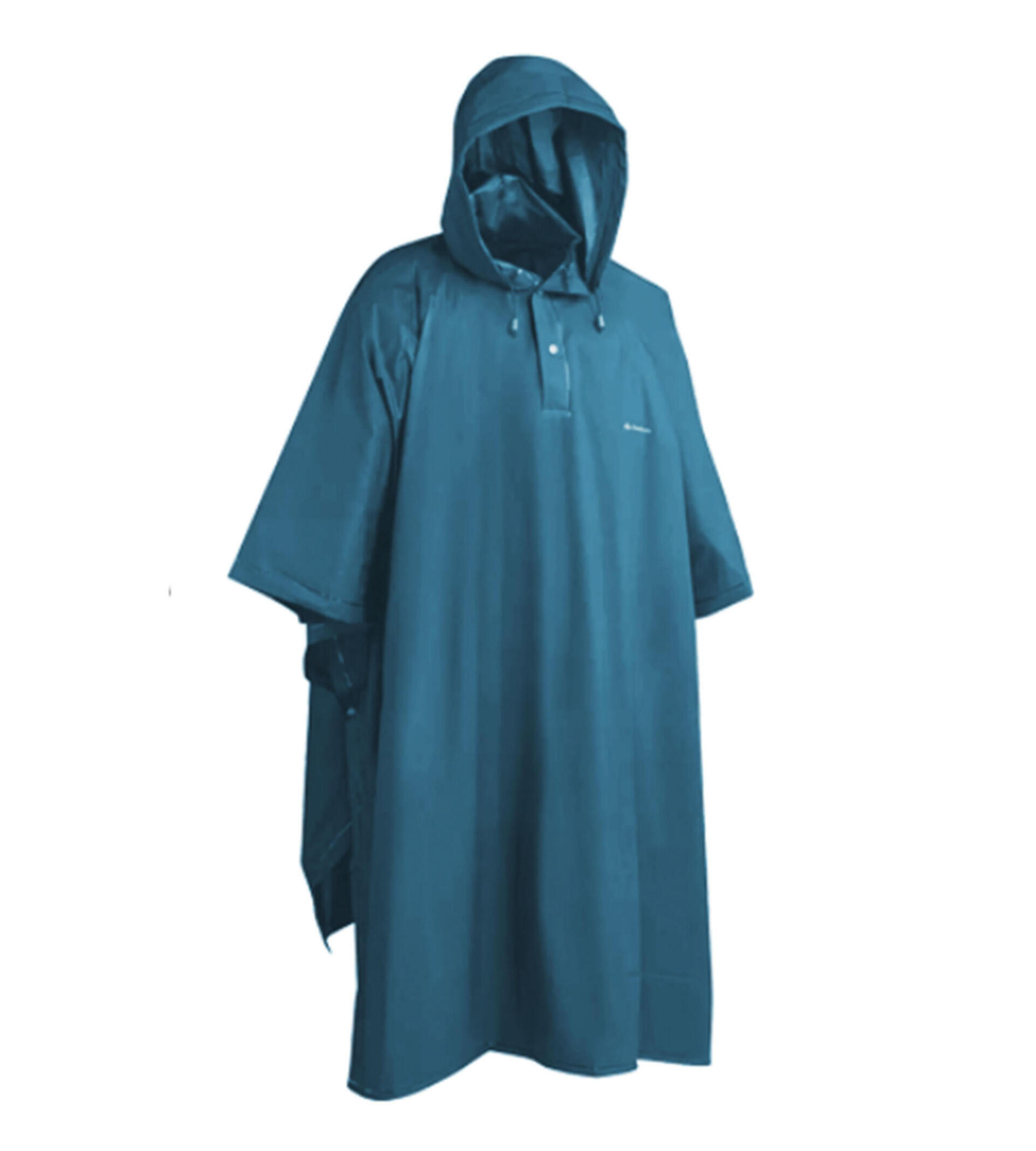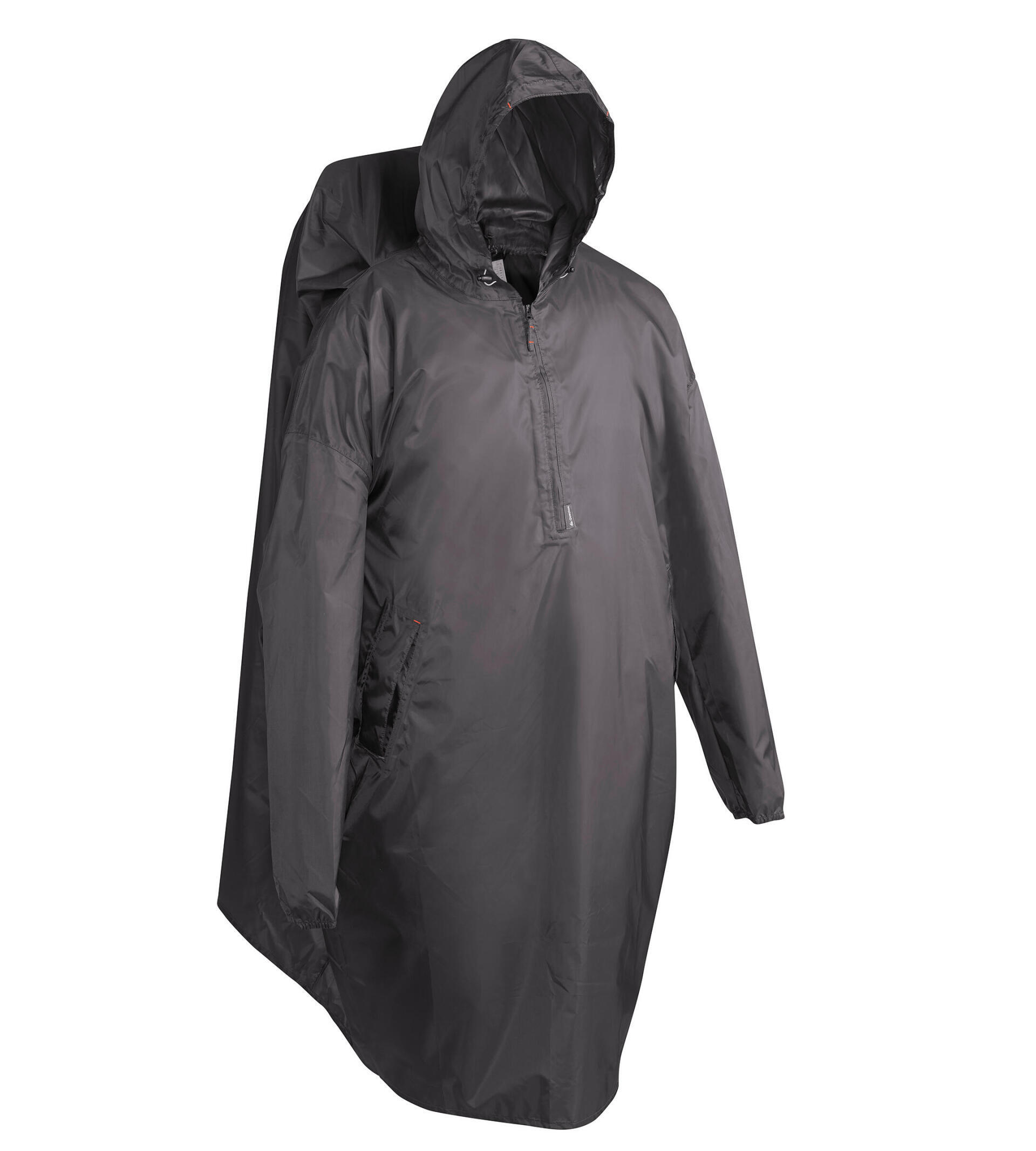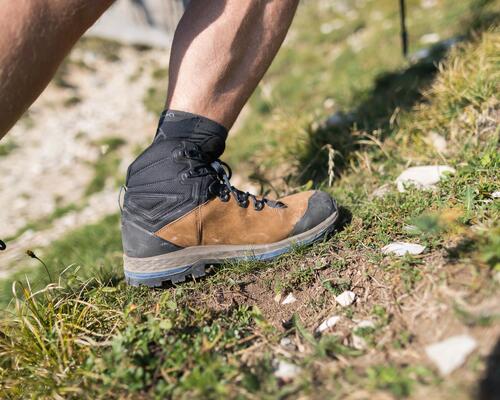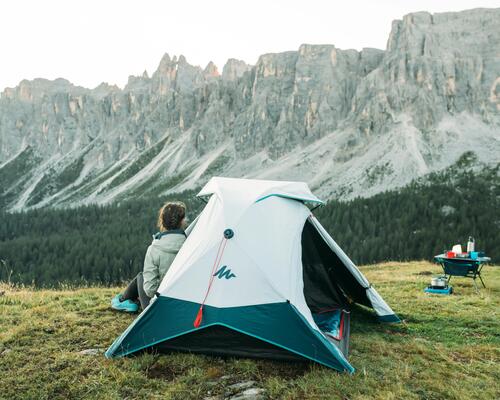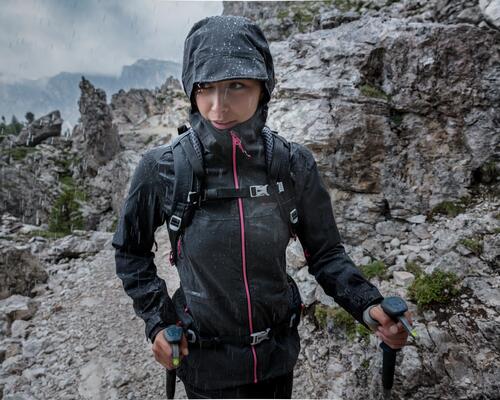Which rain poncho should I choose?
When choosing a hiking poncho, you should pay attention to the different technical features that it can offer. This will help you to find a poncho that meets your needs, so that you can hike in optimal conditions.
- Waterproof: The most important feature of a hiking poncho. It is essential that your poncho is completely waterproof. While some models are recommended for light rain, others will protect you from heavy downpours wherever you are. Please note that your poncho’s waterproofness will be indicated in “mm”. As an example, a poncho that is 5,000 mm waterproof would resist an intense storm for around 3 hours.
- Practicality : As well as being waterproof, your choice of poncho must also be practical. As soon as the clouds appear and the first drops of rain start to fall, you need to be able to put your poncho on quickly. Easy to unfold and put on, your poncho provides you with quick protection in the event of downpours.
- Breathability : During a hike, the physical effort can be intense. Just like your other clothes, you should opt for a breathable poncho that will absorb sweat. The aim of a poncho is to keep you dry, so it is essential that your poncho also protects you from any moisture caused by sweat. So, when you are going for a long hike that covers uneven terrain, breathability is paramount.
The figures next to the product name: 50, 100, 500 and 900 are intended to indicate the hiker’s level: beginner, intermediate, expert. A poncho labelled 50 is very basic, designed for beginners who are only hiking occasionally: a large cape with just a button to help it over your head. A rain poncho labelled 900 is more specialised: it is the most waterproof of the range, and it has a large zip that enables you to open it in a single movement.


